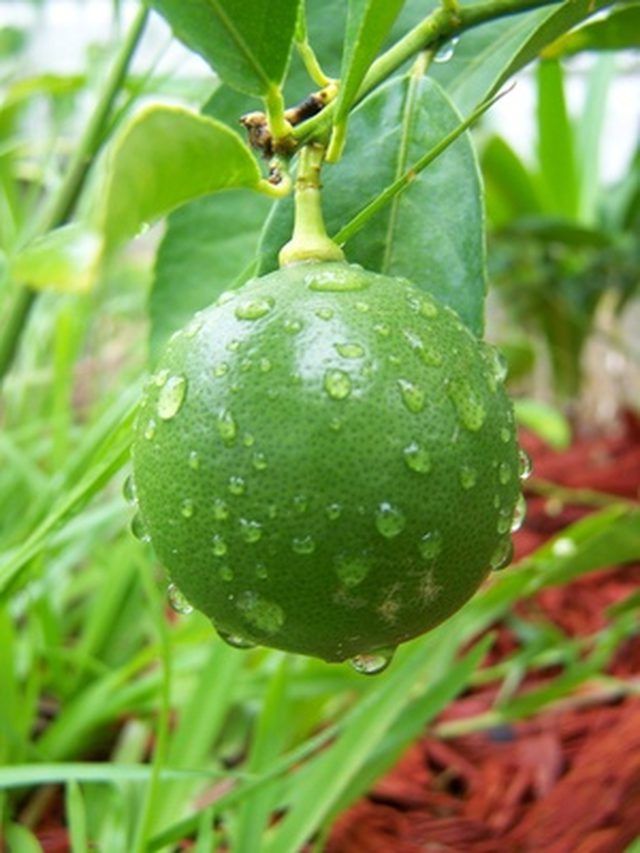Bulbs
Flower Basics
Flower Beds & Specialty Gardens
Flower Garden
Garden Furniture
Garden Gnomes
Garden Seeds
Garden Sheds
Garden Statues
Garden Tools & Supplies
Gardening Basics
Green & Organic
Groundcovers & Vines
Growing Annuals
Growing Basil
Growing Beans
Growing Berries
Growing Blueberries
Growing Cactus
Growing Corn
Growing Cotton
Growing Edibles
Growing Flowers
Growing Garlic
Growing Grapes
Growing Grass
Growing Herbs
Growing Jasmine
Growing Mint
Growing Mushrooms
Orchids
Growing Peanuts
Growing Perennials
Growing Plants
Growing Rosemary
Growing Roses
Growing Strawberries
Growing Sunflowers
Growing Thyme
Growing Tomatoes
Growing Tulips
Growing Vegetables
Herb Basics
Herb Garden
Indoor Growing
Landscaping Basics
Landscaping Patios
Landscaping Plants
Landscaping Shrubs
Landscaping Trees
Landscaping Walks & Pathways
Lawn Basics
Lawn Maintenance
Lawn Mowers
Lawn Ornaments
Lawn Planting
Lawn Tools
Outdoor Growing
Overall Landscape Planning
Pests, Weeds & Problems
Plant Basics
Rock Garden
Rose Garden
Shrubs
Soil
Specialty Gardens
Trees
Vegetable Garden
Yard Maintenance
How Do Limes Reproduce?
How Do Limes Reproduce?. Like all citrus, limes can reproduce sexually. This means that male pollen from citrus flowers--that tree's pollen or another's--fertilizes a flower's ovary to produce a seed that can grow into a mature plant. Key limes grow "true" to the characteristics of parent trees when grown from seed, but this is not generally true...

Like all citrus, limes can reproduce sexually. This means that male pollen from citrus flowers--that tree's pollen or another's--fertilizes a flower's ovary to produce a seed that can grow into a mature plant. Key limes grow "true" to the characteristics of parent trees when grown from seed, but this is not generally true of other limes--or other types of citrus trees. So most limes are propagated commercially through grafting, which produces clones, or genetically identical plants.
Seed Propagation
Lime seeds can easily be grown as trees, but with the exception of key limes it's hard to know what you'll get. To grow limes from seed, pluck seeds from fruit, wash them, and then plant seed 1/4 inch deep in a sterile planting medium. Speed a seedling tree's maturity by using it as budwood--to graft as buds onto other rootstock--when it's as big around as a pencil.
Layering and Cuttings
It's also possible to propagate a new lime or other citrus tree through layering on larger branches, though this approach is useful only if you'll be satisfied with a tree growing on its own root system. You can also take cuttings of green wood from smaller branches and root them as new trees, with the same limitation.
Budding
The process of budding, a specialized form of grafting, involves skillfully grafting young, green, budded wood onto desired rootstock. Budding allows desired types of limes or other citrus fruit to be grafted onto the most advantageous rootstock for a given growing region, greatly enhancing plant success. Collect budwood from a lime tree's second-to-last growth flush.
Cocktail Trees
The grafting adaptability of citrus trees makes it possible to customize one or more citrus trees by "top-working" them, an intriguing home gardening project. Create a multi-variety lime tree--one with all the fruit needed for cocktails--by budding branches of different limes onto a lemon, orange or grapefruit tree. Or combine limes with lemons and oranges on one tree. Thriving rootstock is the key.
Seed Experimentation
Commercial growers want predictability in the fruit they produce--Satsuma mandarins should taste just like every other Satsumas, because fruit lovers expect that--so taking a "let's see what we get" approach has little value. But curiosity rather than crop demands can be a guiding principle for home gardeners with adequate space. Growing lime trees from seed is a worthy challenge, though it may take 10 years for that tree to bear fruit and the experiment to end.